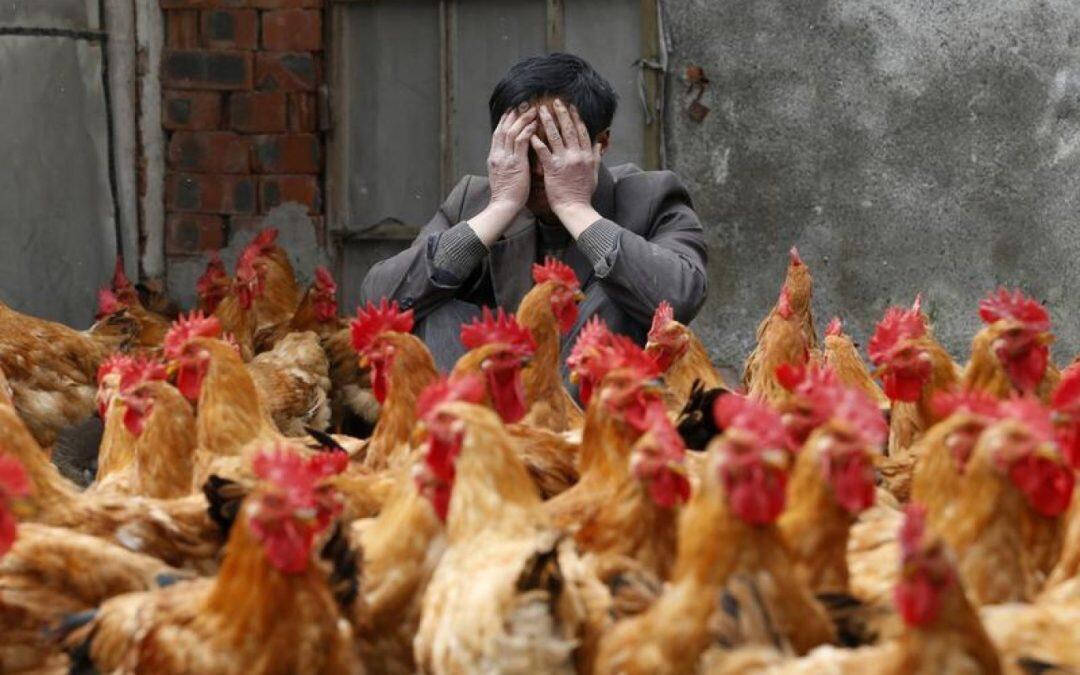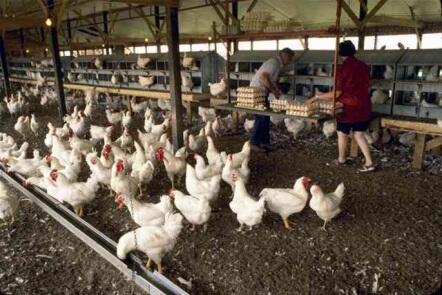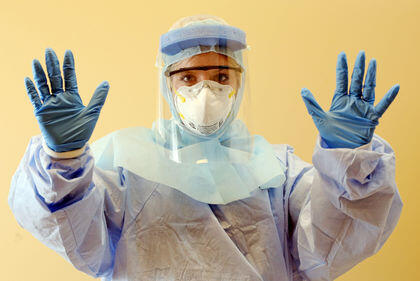H5N1 avian flu hit Lebanon, and the Ministry of Health is expecting more infections. On Thursday, thousands of poultry were slaughtered, especially that H5N1 is a highly contagious flu. On the other hand, the Agriculture Ministry insists that plans are in place to prevent full-fledged epidemic.
Agriculture Minister Akram Chehayeb said at a news conference a few days ago that “the virus was identified in a number of poultry farms in the Baalbek-Hermel village of Nabi Sheet east of Lebanon, after a regular and urgent inspection carried out by the department of Agriculture”.
However, the detection of the outbreaks led to both the agriculture and health ministries putting in place a national plan from 2007 to combat and control the virus.
No Effective Monitoring
“There is no effective monitoring over the Lebanese border, so the infected and non-infected chickens could get mixed together”, an official source at the Ministry of Agriculture confirmed to “greenarea.info”. He added “This is what makes Lebanon vulnerable to the spread of various kinds of diseases, such as H5N1, which returned to our country after an absence of about 9 years”.
General Director of the Ministry of Health Dr. Walid Ammar told “greenarea.info” that “the most important part in this matter is that “there are 200 people dealing today with infected poultry in Lebanon, which means that there is a big possibility that the disease will be transmitted to them”, adding “that’s why we took the measures to contain the disease more quickly”.
Combat the Virus
The best means to combat the virus is by destroying poultry and preventing the movement of birds in order to limit the spread. Early treatment for those potentially exposed is also crucial.
A Health Ministry statement explained that H5N1 virus infections not only impact people who come in contact with living, sick birds, but also dead ones that were infected with the virus. “The disease might lead to death in more than 50 percent of cases.”
Among the symptoms that people who may have been exposed to infected birds should look out for are a fever that exceeds 38 degrees Celsius, coughing, sore throat, respiratory difficulties, diarrhea and stomach pain.
Despite the need to contain the issue, there have been concerns over the economic impact this will have. There could be significant damage to the livelihoods of the 30,000 or so families that Chehayeb noted rely directly or indirectly on the poultry industry.
“The financial part regarding compensating for poultry farmers will be discussed in Cabinet and the Higher Relief Committee.”
Prevention
Livestock Director at the Ministry of Agriculture Dr. Elias Ibrahim confirmed to “greenarea.info” that “there is no need to panic over the transmission of bird flu from one person to another”, adding that “the virus is transmitted from birds to humans through the respiratory tract if the person’s immunity is weak”. However, the virus dies when the chicken is cooked at temperatures above 60 degrees.
Most Vulnerable People
The most vulnerable people, however, are those who work on farms, where there are infected chickens. That is when the virus is transmitted by touching the infected chickens, or transmitted through breathing.
The Ministry of Agriculture is conducting the necessary procedures and monitoring the farms thought to have this virus.
Dr. Ibrahim pointed out that “the media should be accurate before publishing any news about the bird flu, so as not to strike the poultry sector, especially that there are no cases of bird flu yet”, adding that “the chickens in the local market are healthy and fit for consumption. ”
WHO Measures
The World Health Organization (WHO) stresses “the need for personal protection of workers dealing with poultry, who are at high risk of exposure to a virus that has demonstrated its capacity to cause severe disease and deaths in humans.
Recommendations about safety measures that should be in place before the mass destruction of poultry begins have been issued. Adherence to these recommendations will reduce the likelihood that measures aimed at preventing the further spread of H5N1 infection in poultry might lead to increased transmission of the virus to humans.
Personal Protective Equipment
According to WHO, “those organizing culling operations in affected countries need to ensure that WHO recommendations are followed as strictly as possible. The recommendations spell out the appropriate personal protective equipment, which includes goggles and preferably N95 respirator masks, as well as specific types of protective clothing that can be either disinfected or discarded after use. Frequent handwashing is strongly recommended”.
WHO also recommends that effective antiviral drugs be readily available for the treatment of suspected H5N1 respiratory infections in cullers and farm workers.
N95 masks and prophylactic treatment with antiviral drugs were used to protect thousands of poultry workers and cullers during an outbreak of highly pathogenic H7N7 avian influenza in the Netherlands in 2003. During that outbreak, nearly 30 million poultry were destroyed. Although avian influenza virus caused mild illness in 89 poultry workers and members of their families, the single death in that outbreak occurred in a veterinarian who was not adequately protected.













